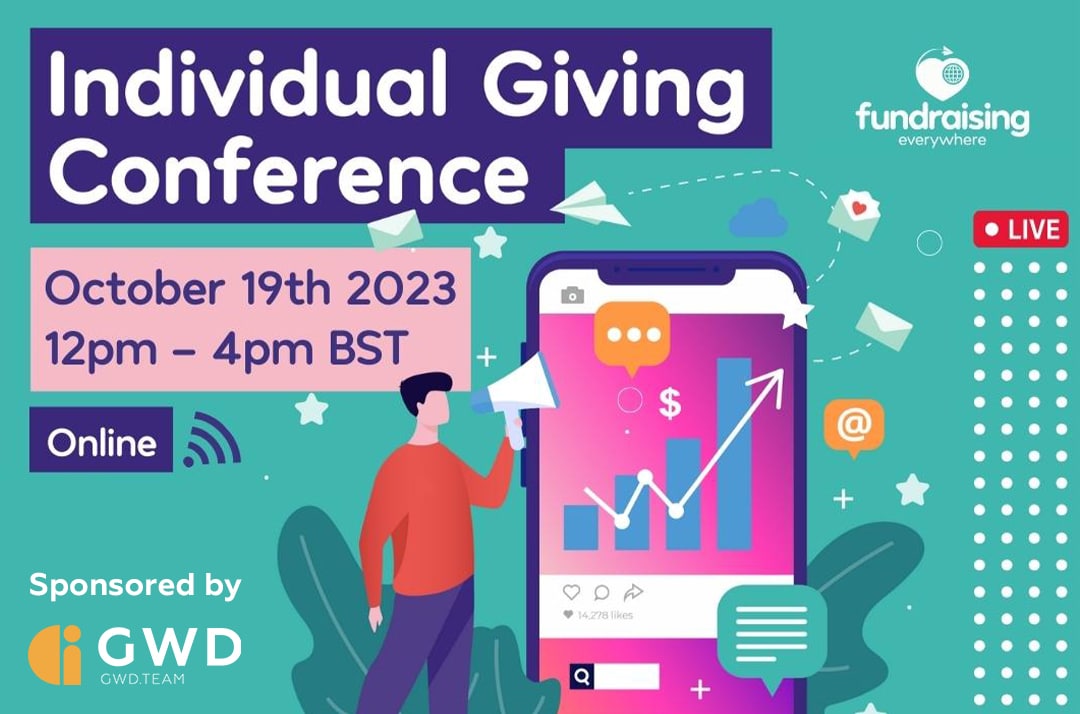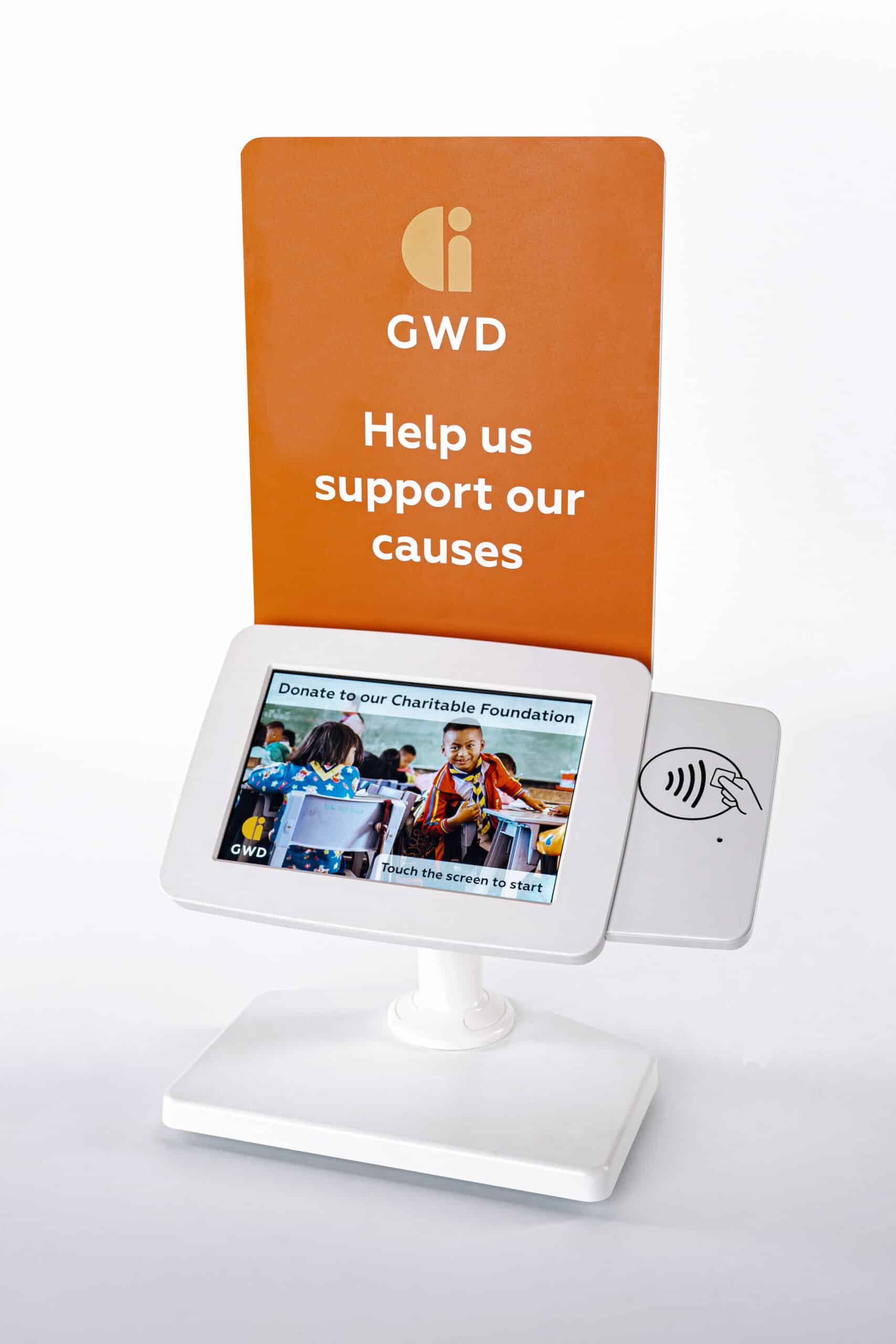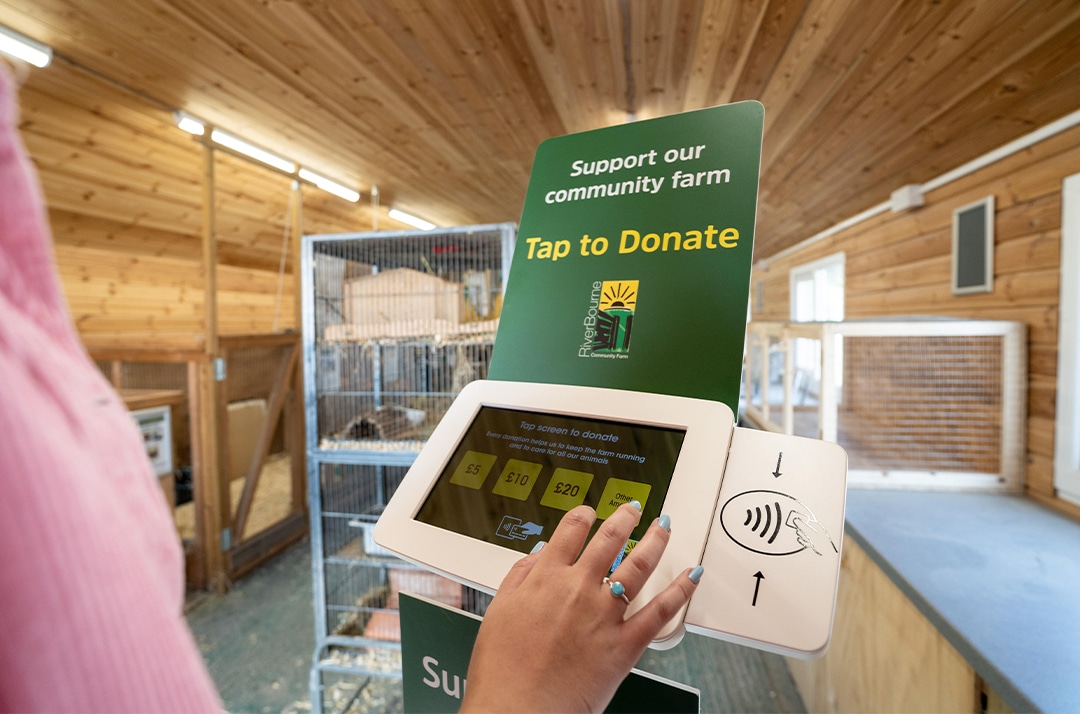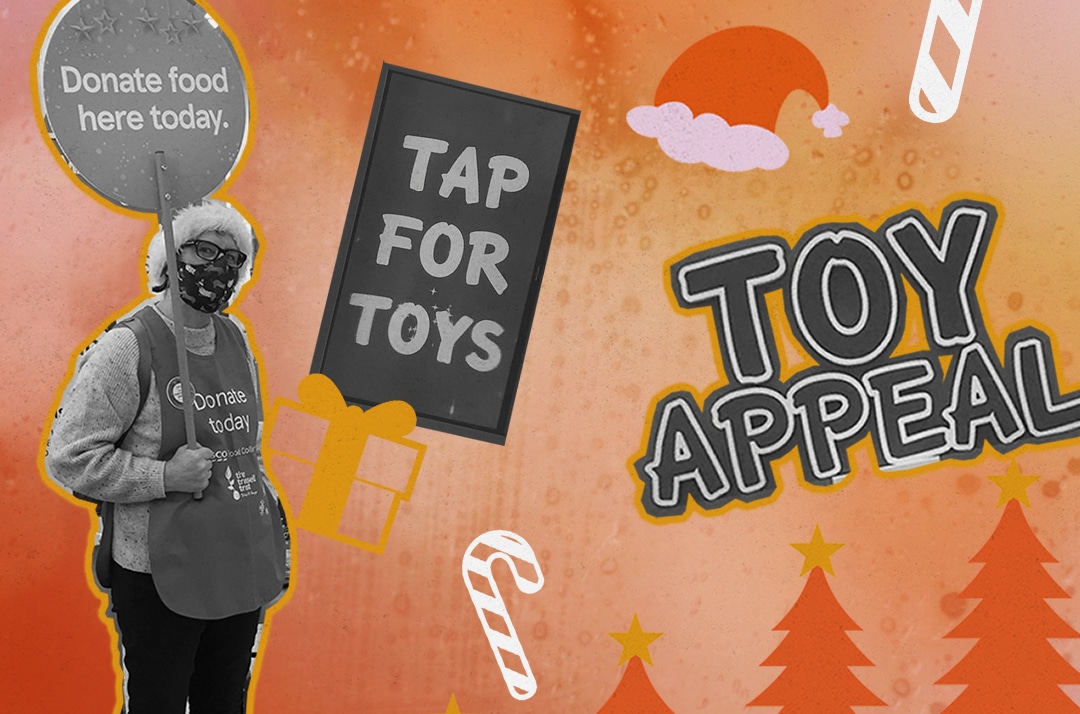
Decision making in fundraising
What influences us to give is multi-faceted. Our interests, concerns and demographics, all play their part.
However, when it comes to making choices, there are some key theories from psychology that are actively contribute to the decision making – and these apply to fundraising too.
Fundraising that understands a donor’s psychological motivations, and tailors the right emotional approach to persuade supporters to give, can deliver better results in the form of higher engagement and more income. See how our work within the charity sector helps organisations increase donations.
But what about when you replace a human conversation with digital devices?
It’s important to consider how your online giving or digital contactless devices also reflect good fundraising practices such as offering choice, or using motivations to give.

How to use fundraising psychology in digital devices
Think about your cause, and your campaigns.
Are there any particular projects that showcase the real impact your charity or organisation is having, through convincing donors of the need for giving?
One approach – the identifiable victim effect suggests focussing on a single person and their needs, bringing donors closer to your charity’s mission.
Going further, a device can then demonstrate through graphics, messages and statistics, how the situation will change for this person, plus others as a result of donations given.
This way your digital fundraising has the same compelling messages and motivators to give, as your face-to-face interactions with supporters.
Using a Donation Station to communicate with supporters
Taking our Donation Station contactless giving device as an example, here’s how the approach we’ve discussed above looks like in reality.
A Skinny Donation Station has imagery and messaging spaces top and bottom of the touchscreen, where you can place information that introduces your cause.
Remember the motivating factors we mentioned above?
We’ve designed the device to motivate users by offer of choice; compelling supporters to give through three factors of influence:
On screen, we add Attract Loops, or looped static images, designed to tell the story of our causes. Successful designs use imagery that connects with a charities service users and clients, plus some quantifiable statistics to help a device user understand what impact their support will have.
Next, there’s a selection of Causes to choose from, so supporters can make their own selection of where their money should be spent.
Finally, the Donation Amounts are deliberately set with three figures (plus a fourth ‘other’ free input option).
Most people choose the middle button, so to boost average donations, we recommend placing your typical suggested amount on the far left – increasing the chance that supporters will add more to their intended donation.

Find out more
More from the Blog
 Back
Back to top
Who are GWD?
We help socially-minded organisations transition to digital systems, building stronger relationships through impactful products and services.
Our experience goes back two decades, with a foundation building and providing critical digital services and products for the financial services and retail industries.
With a long-proven ability to handle challenging projects and a team of trusted experts, we work hard to solve problems and deliver change that helps others.
Subscribe to newsletter
 Back
Back to top








